Recent Victims:
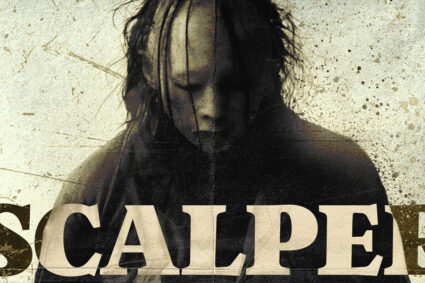
Scalper is the latest movie from writer/director Chad Ferrin. A follow-up to his 2021 film Night Caller, it is a filthy and offensive affair.
Movie Reviews Movies & TV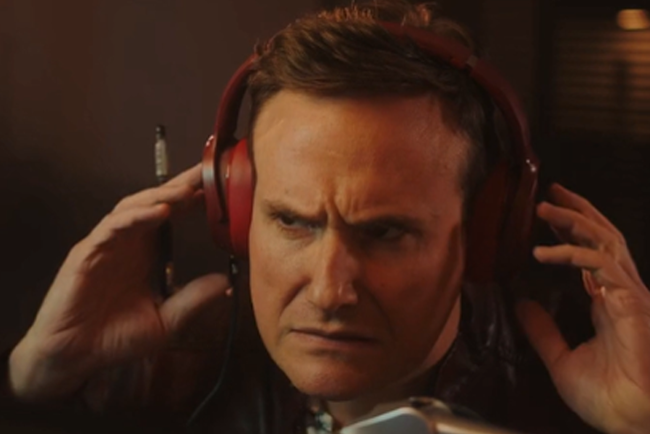
First Time Caller is like Phone Booth (2002) meets Phenomenon (1996), only John Travolta is in serious need of some Fiber One cereal.
Movie Reviews Movies & TV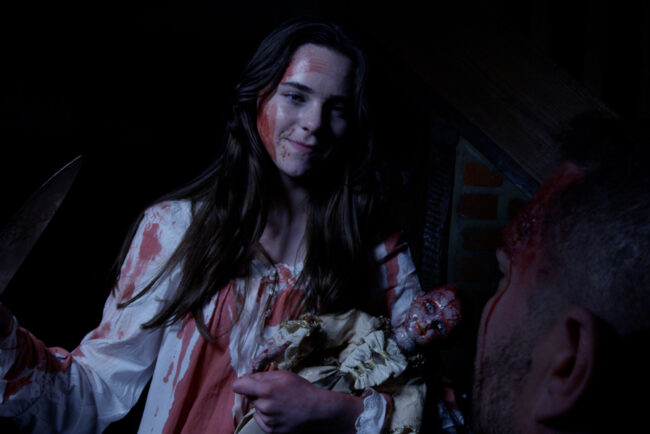
Nightmare On 34th Street is an absolute mixed bag of weird, dark, mean-spirited, twisted holiday delights. If you’re so inclined, give it a watch on VOD!
Movie Reviews Movies & TV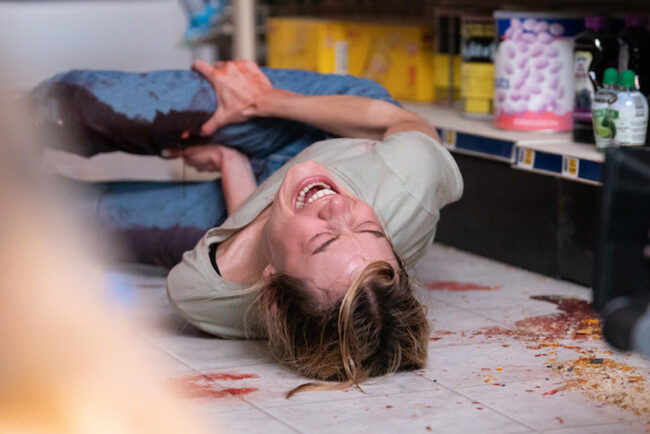
The 24-hour gas station in the middle of the night is one of the most unnerving places in the world. There’s rarely a good reason to be there.
Movie Reviews Movies & TV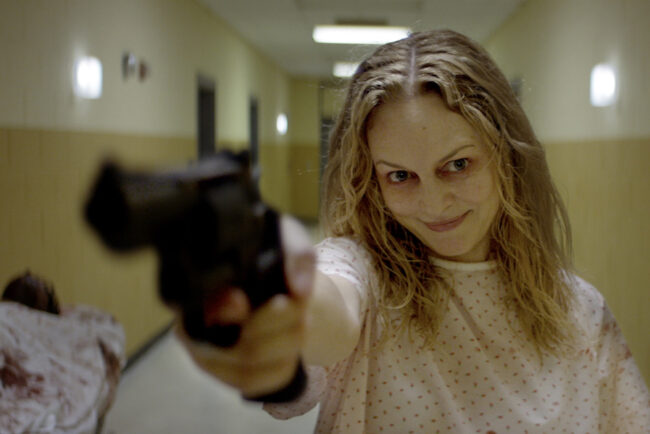
[Barbara] Crampton plays Dr. Daniella Upton, a sympathetic psychiatrist who’s hoping she can figure out what has broken her colleague, Elizabeth.
Movie Reviews Movies & TV
I mean, for a short period of time, experts in the field of “Lochnessology” thought Nessy was just a giant dork, a.k.a. an actual whale’s penis.
Movie Reviews Movies & TV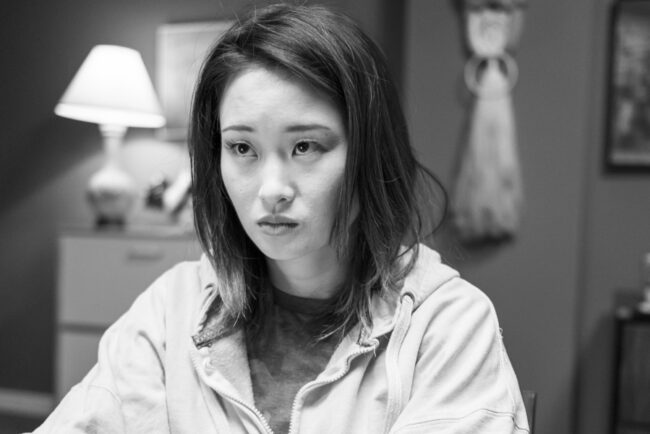
You could argue The Curse of Willow Song is not a horror film. I would argue it’s not only that but it’s much, much more.
Movie Reviews Movies & TV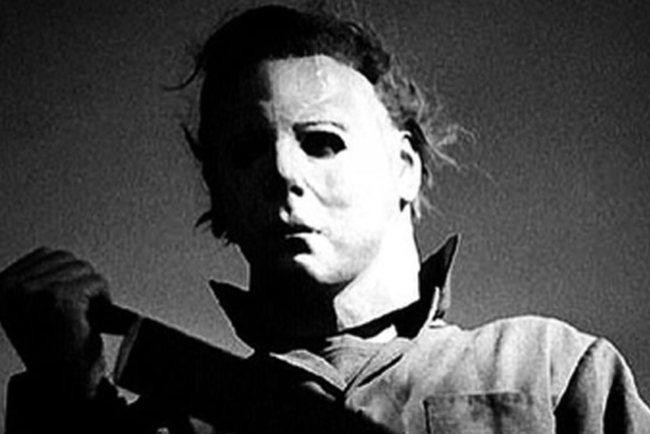
… I’ve developed a mega pitch, a 17-page fan “scriptment” of my own that ambitiously attempts to connect all the Halloween movies into one universe ….
Featured Article Movies & TV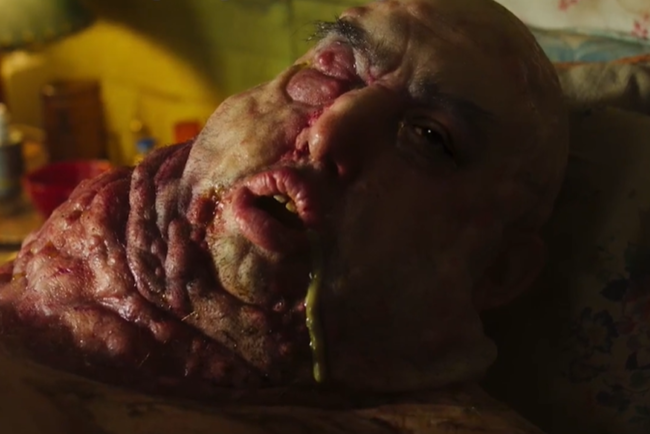
In the same way that “no mere mortal can resist the evil of the thriller,” the demonic evil within this Argentinian horror thriller can possess anyone….
Movie Reviews Movies & TV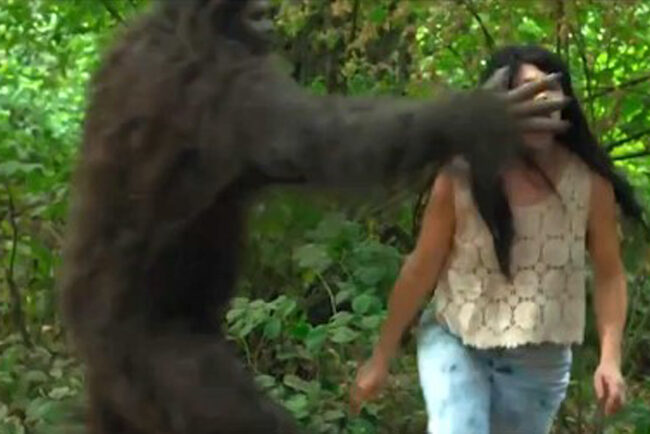
There’s nothing like a forest bath to soothe the soul until you realize the forest is Bigfoot’s bathtub and he’s looking to bathe…in your blood!
Movie Reviews Movies & TV